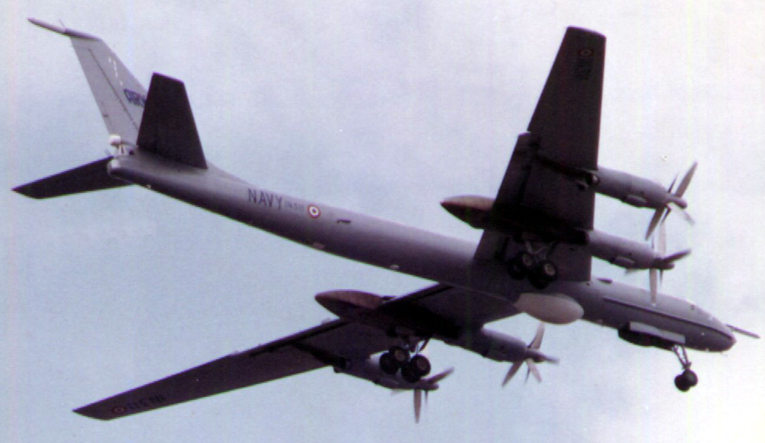 |
| TU 142F |
BY ADMIN
In December 2005, India’s navy floated an RFP for at least 8 new sea control aircraft. Subsequent statements by India’s Admiral Prakash suggested that they could be looking for as many as 30 aircraft by 2020. Lockheed was invited to bid again, and this time, they were not alone. Bids from a variety of contenders were submitted in April 2007. The plan was for price negotiations to be completed in 2007, with first deliveries to commence within 48 months.
India’s Ministry of Defence has extreme problems with announced schedules, but their existing fleet was wearing out, international requests for India’s maritime patrol help are rising, and some action was necessary. By January 2009, India had picked its aircraft: the 737-derivative P-8i Poseidon maritime patrol aircraft. DID discusses the geopolitical drivers, the current fleet, the known competitors – and Boeing’s 737-base P-8i, which emerged as the winner…
- With Growing Naval Power Comes Growing Naval Responsibility
- Program Timeline & Industrial Participants [updated]
The competition and refurbishment efforts are being given greater impetus by international developments. In February 2006, IPT reported that warning bells have been sounded at an international summit over the mounting terrorist threats to sea lanes around Indonesia and the Straits of Malacca, which serves as a choke-point for a significant percentage of global shipping. At a subsequent high-level meeting in the United States that included Australia, Singapore, Malaysia, Indonesia, Japan and others, Stratfor reported that India was asked to play a major policing role against sea-piracy in the region.
Successful procurement of modern maritime patrol aircraft would certainly expand India’s capabilities, as its naval responsibilities undergo rapid growth. To the west, India is also undertaking anti-piracy efforts on the East African coast, with a base in Madagascar and a recent military co-operation agreement with Mozambique that includes coastal patrol responsibilities.
 |
| INDIAN NAVY HERON UAV |
The Indian Navy currently relies on its fleet of around 15 Dornier 228-101 aircraft and 12 Israeli Searcher Mark II and Heron unmanned aerial vehicles to monitor India’s 7,516 km long coastline, 1,197 islands and a 2.01 square km exclusive economic zone.
Program Timeline & Industrial Participants
 |
| DORNIER-228MPA |
In November 2005, India’s $133 million deal for 2 P-3C Orion maritime-optimized patrol and surveillance planes fell through on grounds of expense, support costs, and timing. Apparently, it would have taken 18-24 months for the US Navy to retrofit the aircraft to the Indian Navy’s specifications, once the lease had been finalized.
Experience has demonstrated that price negotiations with India’s MoD can take years themselves – or even sink deals entirely, vid. the various collapsed deals for second-hand Mirage 2000 fighter jets. In this case, however, the deal was done by January 2009. By October 2010, India’s Navy was pushing to extend the buy, and enlarge its fleet of Boeing P-8 Poseidon aircraft.
First deliveries aren’t expected until 2013 at the earliest, and the jets are expected to enter service “before 2015.”
The P-8A has its own industrial team, and most of them will also be involved in the P-8i project. A number of electronic and sensor systems will differ, however, due to a combination of Indian insistence on indigenous content, and American security concerns that forced the use of alternatives. Industrial partners in India reportedly include:
- Avantel – mobile satellite system
- Bharat Electronics Ltd (BEL) – IFF interrogator, Data Link II system.
- Dynamatic Technologies Ltd.
- Electronic Corporation of India Ltd (ECIL) – “speech secrecy system”
- HCL Technologies Ltd.
- Hindustan Aeronautics Ltd. (HAL)
- Maini Global Aerospace (MGA) – fuel cell structural components, P-8A & P-8i
- Macmet Technologies Ltd., a subsidiary of simulator-maker CAE – simulators.
- Larsen and Toubro Ltd. (L&T)
- Telephonics Corp. – The AN/APS-143Cv3 OceanEye radar
- Wipro Ltd.


No comments:
Post a Comment
no offensive and abusive language please